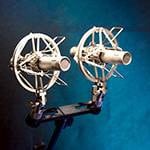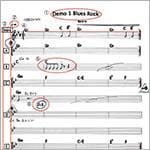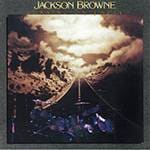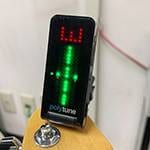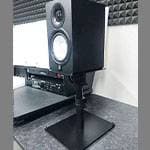Here are six highly recommended pickups for Strat-type guitars I personally selected from Sound House’s extensive inventory.
Let’s start with the basics.
1. Seymour Duncan / SSL-1
This pickup aims to recreate the sound of Fender’s 1950s era—a true return to the roots of single-coil pickups. Seymour Duncan provides a simple yet definitive answer to the question, “What defines a single coil?”
The SSL-1 delivers a straightforward, uncolored tone that faithfully captures the player’s sound.
Years ago, I came across a 1954 Stratocaster for only ¥450,000 at a second-hand music store. The guitar’s finish had darkened to a rich brown, and it wasn’t in great condition, but still, it was a bargain.
When I asked why it was so cheap, the shop clerk told me, “The pickup was swapped for SSL-1.” This only highlights how much the original owner trusted the SSL-1.
2. Fender / Texas Special
If you’re looking for an affordable pickup that delivers a rock sound, this is it. Especially when it comes to crunchy tones, the Texas Special excels.
Despite its power, it’s easy to control, making tone shaping straightforward. Its well-balanced sound and powerful midrange are particularly noteworthy.
It sounds raw with a maple fretboard, while it has more sustain and smoothness with a rosewood fretboard. This pickup is perfect if you want power and distortion from your Strat.
On the left is a pickup that came with a ¥50,000 Fender Japan, and on the right is a Texas Special with a broken wire and stripped wires.
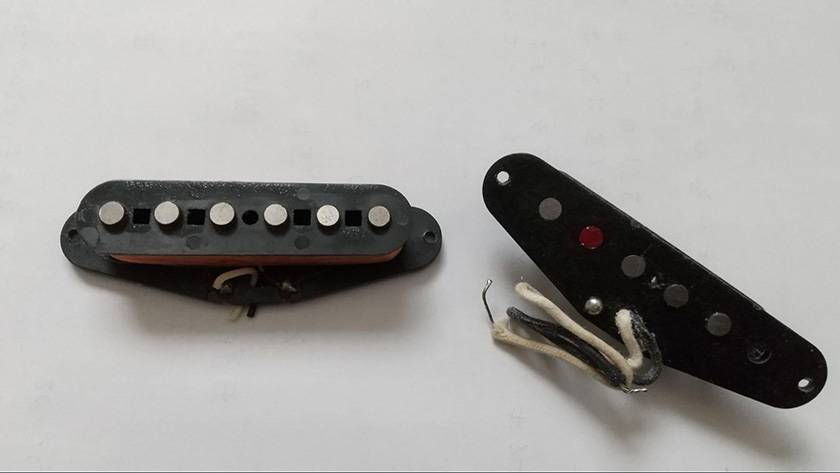
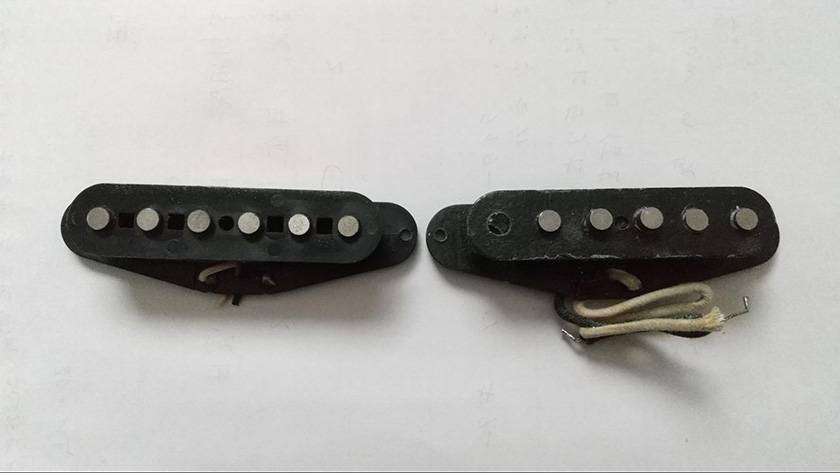
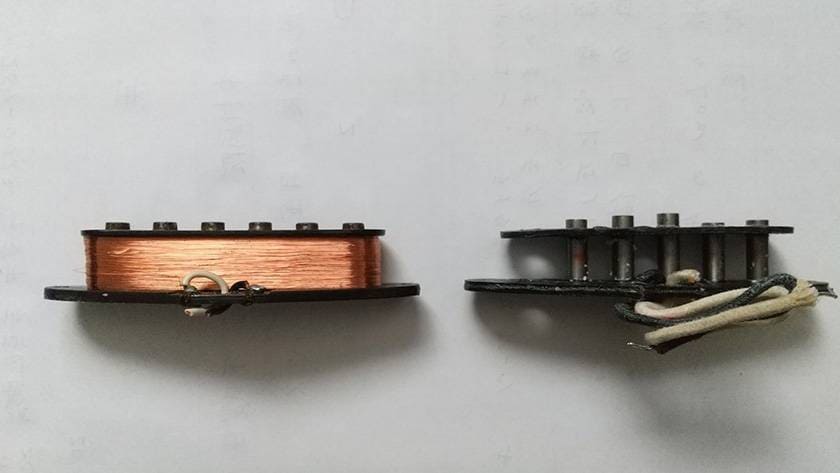
3. Lace / Sensor Gold
The Lace Sensor debuted in the late 1980s and became famous when artists like Eric Clapton and Jeff Beck used it in their signature models.
Its magnetic field is much stronger than that of standard pickups, resulting in smoother picking nuances and reduced noise.
It’s ideal for emotional phrasing and delicate fingerpicking. Ritchie Blackmore used it during his 1995 Japan tour, and a friend who saw Rainbow live said, “It was the best sound the maestro has ever had.”
The pickup’s look is unique, with a white cover that completely encloses it. There’s also a charming story about Blackmore—he used a white Strat with a rosewood fretboard and colored it black with a marker.
In addition to Gold, there are several other variations, each offering different power levels.
4. Seymour Duncan / SSL-7T
This model features staggered pole pieces, a variation of its sister model, the SSL-4. While the SSL-4 has flat pole pieces and delivers a humbucker-like powerful tone, the SSL-7 blends in some single-coil characteristics. The key difference between them is that the SSL-7 offers a crisp, cutting sound when distorted. This makes it appealing to a wide range of rock players.
5. EMG / SA
A flagship active pickup released in the 1980s, the EMG SA requires a power source, typically a 9V battery.
*Depending on the guitar body size, you may need to deepen the cavity for installation.
First and foremost, it excels in reducing noise, effectively overcoming the typical weaknesses of single-coil pickups.
The tone is extremely clean, with very little coloration, making it perfect for pairing with effects. It’s a versatile pickup that can cover everything from Steve Lukather’s crisp, wide-ranged distortion (in his custom version) to the heavy tones of thrash metal.
The sound is not particularly natural or raw; instead, it offers the meticulously crafted tone characteristic of active pickups.
It provides a modern sound, standing in contrast to the muddy tones often associated with blues.
6. Bill Lawrence L-250
(Cream and other colors available)
Technically, this is a stacked humbucker, but it can be mounted on a Strat-type guitar without any modifications, which is why it’s included here.
Bill Lawrence, alongside Seymour Duncan, is a heavyweight in the replacement pickup industry. Although the founder has passed away, the brand still enjoys a dedicated fan base.
The L-250 is one of Bill’s signature designs.
What sets this pickup apart from others is its blade-like magnet, a unique feature of the brand.
So, what makes it different from other pickups?
It eliminates dead spots when bending notes (string bending). Normally, when bending a string across multiple magnets, a dead spot can occur, causing a momentary loss of tone.
Bill addressed this issue by developing the blade-style magnet.
The full-size humbucker version of this design, the L-500, also has a strong following, with seasoned players like Aerosmith’s Joe Perry and Scorpions’ Matthias Jabs using it.
It’s a pickup known for its distinctive midrange, favored by enthusiasts with a refined ear.
That concludes the introduction of six different pickups. In the past, when it came to replacement pickups, only a few foreign manufacturers like Seymour Duncan and DiMarzio were around. Nowadays, there are major manufacturers, small-scale production companies, and independent hand-winding workshops, all coexisting, resulting in a wide variety of makers.
My main guitar is equipped with hand-wound single-coil pickups, made to order by an independent workshop. As long as I continue playing intense songs, I want to stick with these pickups.
While individuals can certainly swap out pickups themselves, if you’re not familiar with soldering, it’s best to leave it to a professional.
I’ve personally experienced issues like cutting a wire, mismatched mounting screws, or getting confused with the wiring on the selector switch, so I leave it to the pros.
Single-coils are generally considered unsuitable for heavy rock, but I believe this issue can be resolved depending on the guitar’s specifications, modifications, and equipment like amps and effects pedals. The overall tone is determined by the total balance of the guitar’s materials and parts.
Set out on a journey to find the sound you love by exploring different pickups.
As a high-ranking individual at a music store who trained with Gibson in the States once said, “Once you’ve found your favorite pickup, don’t swap it out too often.”
Let’s try out various options until your tone journey comes to a temporary halt. It’s the part where the changes are most noticeable.
That’s all!
The “sound & person” column is made up of contributions from you.
For details about contributing, click here.





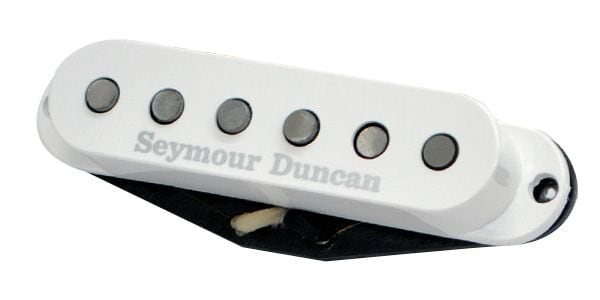
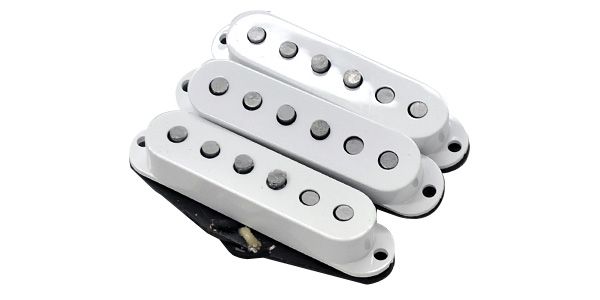
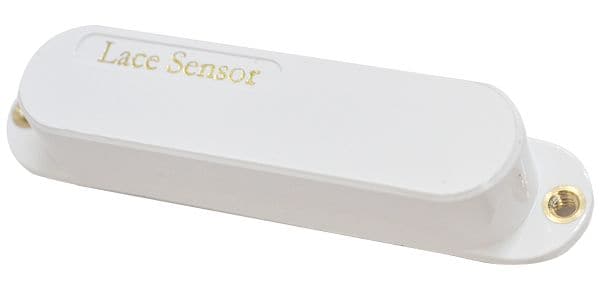
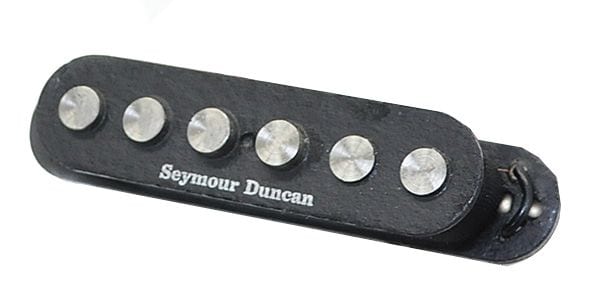
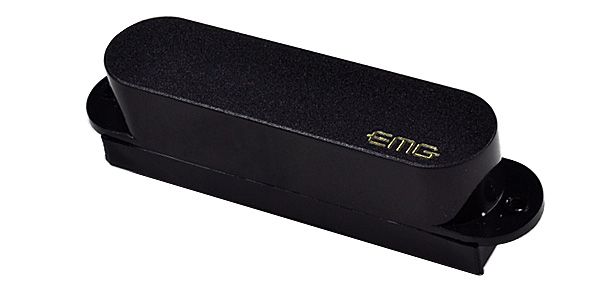
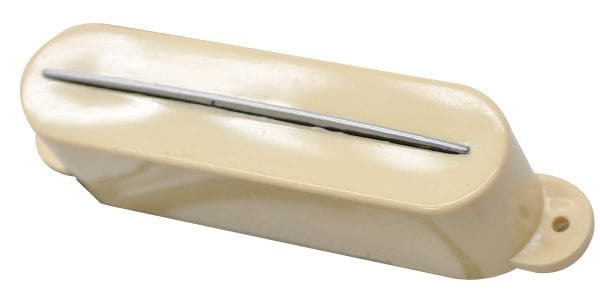






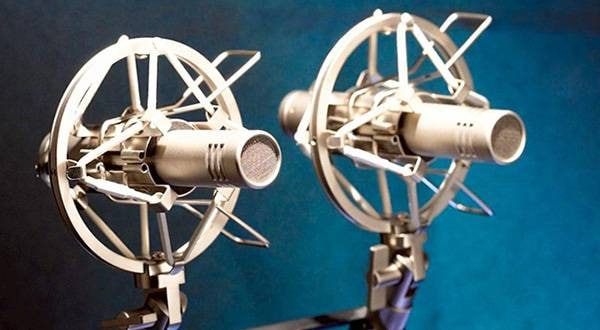
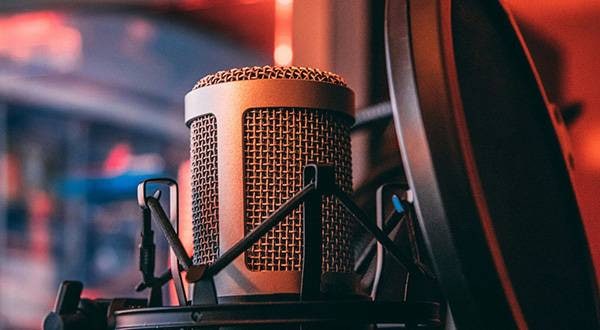
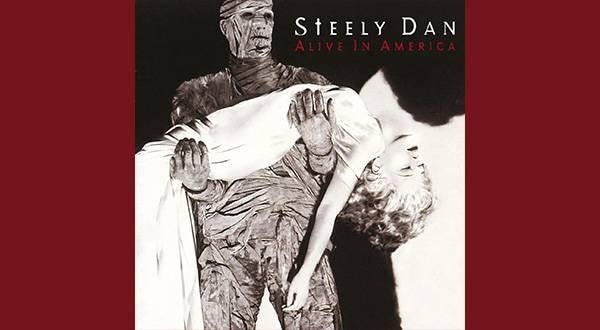
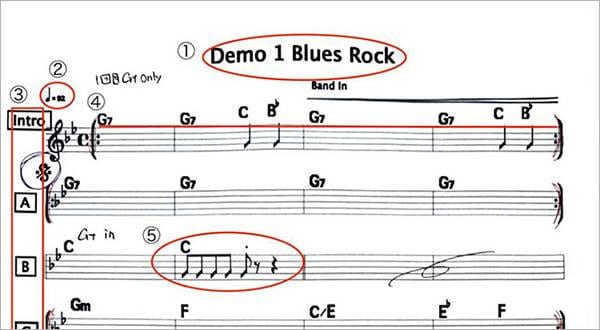
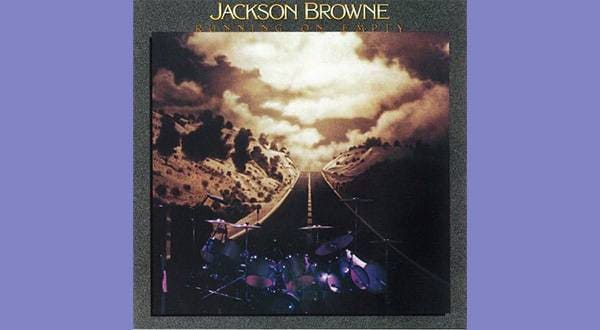
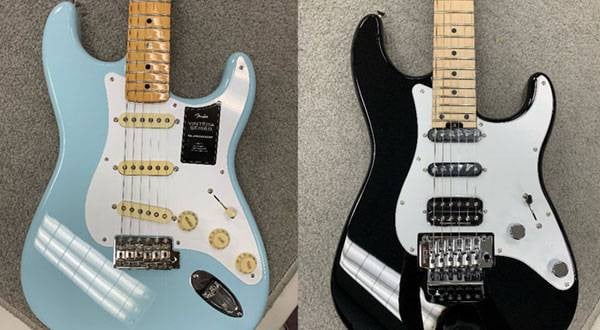
![[Guitar Strategy Guide] Strat and Les Paul](/contents/uploads/thumbs/5/2022/3/20220315_5_17068_1.jpg)


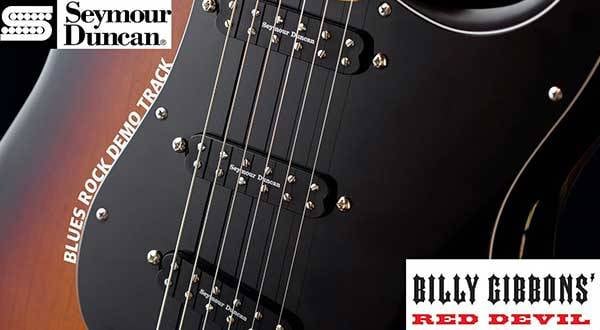
 ピックアップ交換大作戦!
ピックアップ交換大作戦!
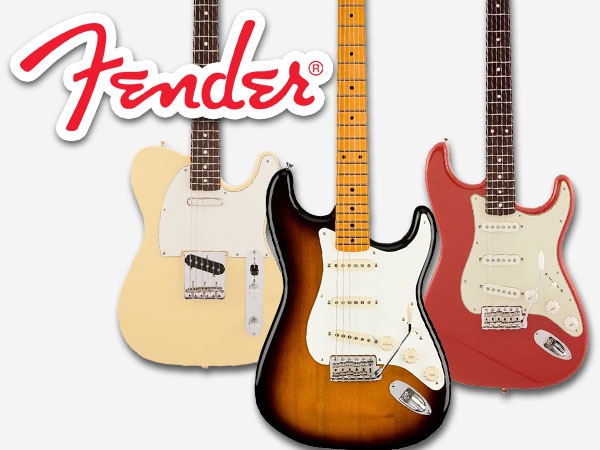 FENDER(フェンダー)ブランドサイト
FENDER(フェンダー)ブランドサイト
 ピックアップの種類
ピックアップの種類
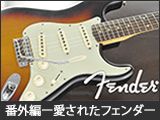 愛されたフェンダーギターたち
愛されたフェンダーギターたち
 ピックアップの種類(アコースティックギター)
ピックアップの種類(アコースティックギター)
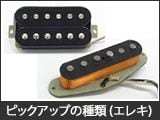 ピックアップの種類(エレキギター)
ピックアップの種類(エレキギター)
